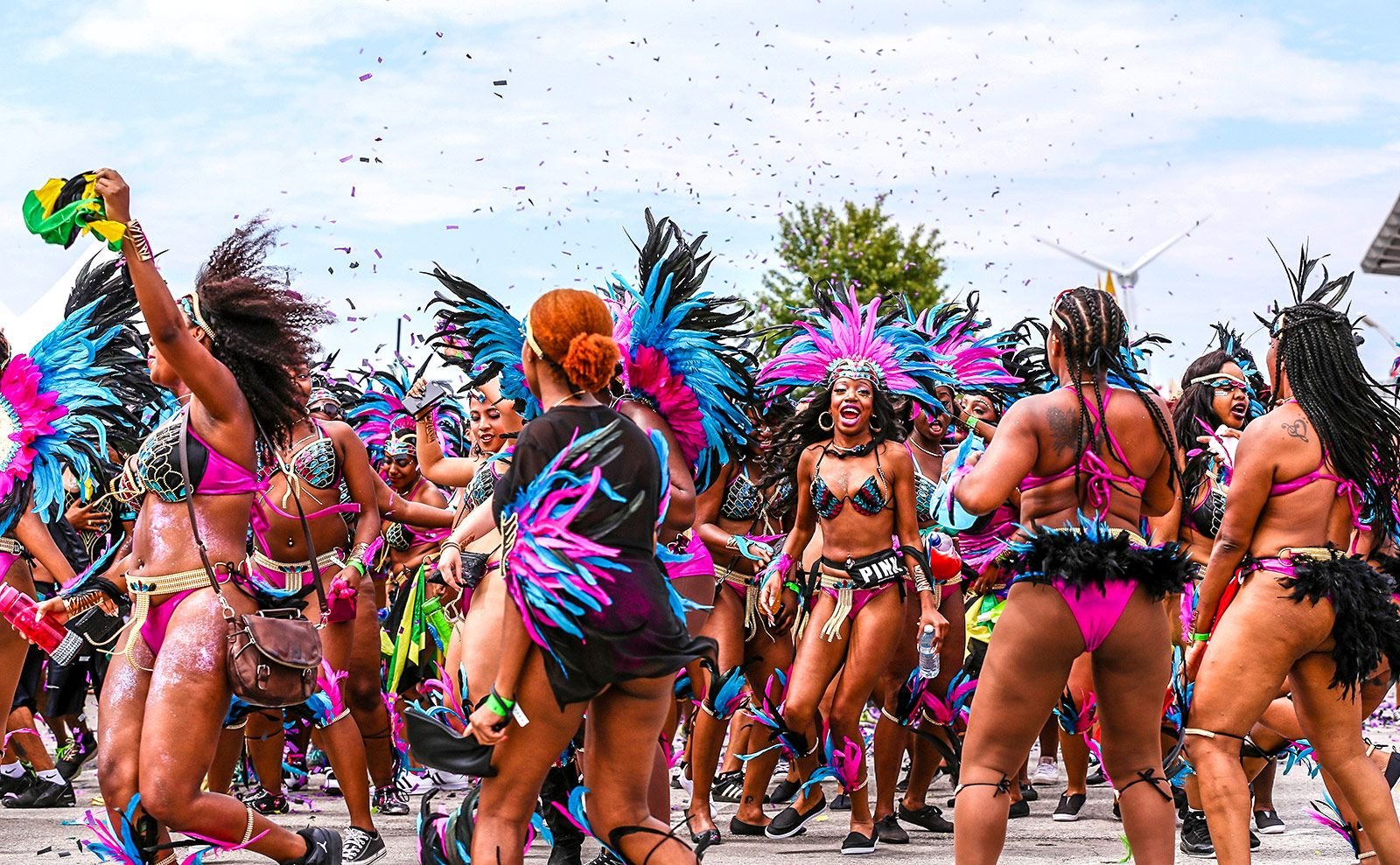
History Jamaica Carnival
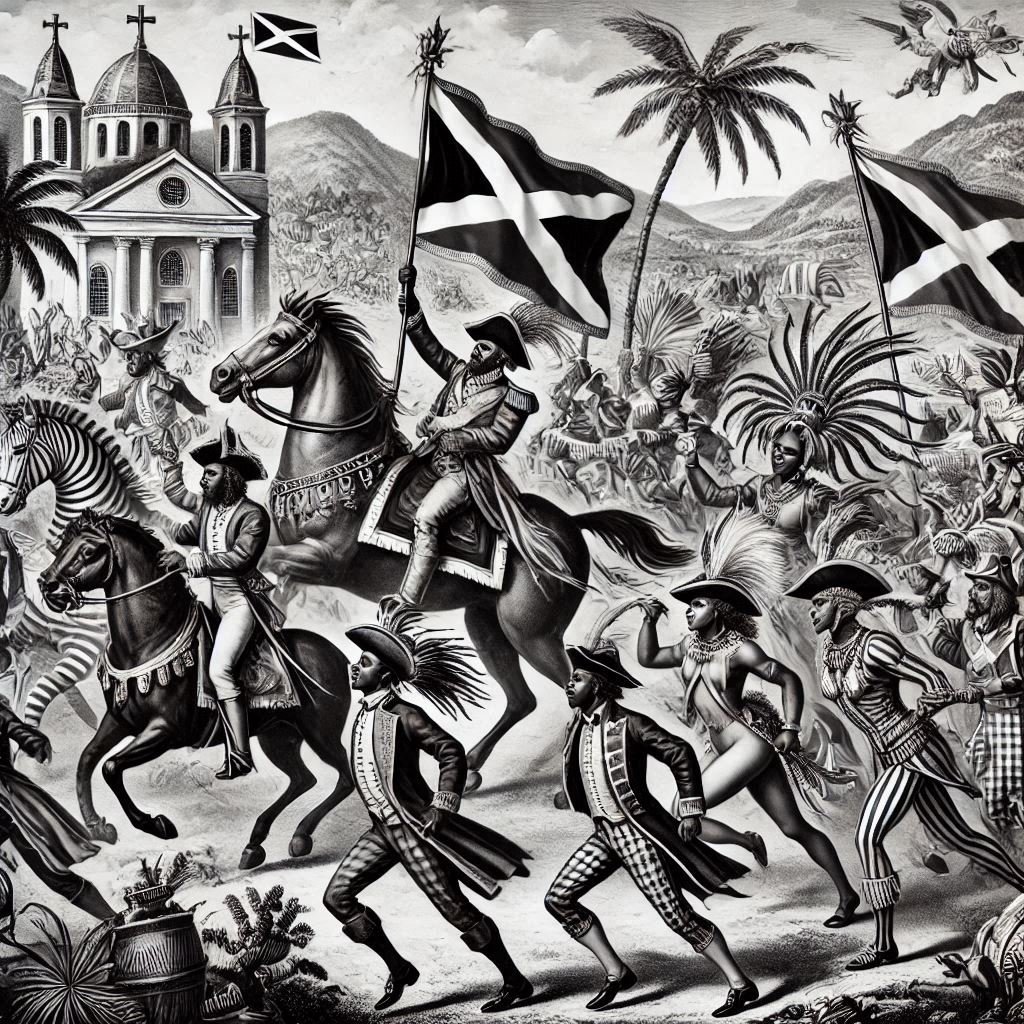
History
1990
The Birth of Carnival
Its origins date back to 1990 when Byron Lee, a legendary musician and bandleader, introduced the concept to Jamaica.
Inspired by Trinidad’s world-famous Carnival, Lee introduced the concept to Jamaica, aiming to create a celebration that would resonate with locals while embracing the broader Caribbean Carnival spirit.
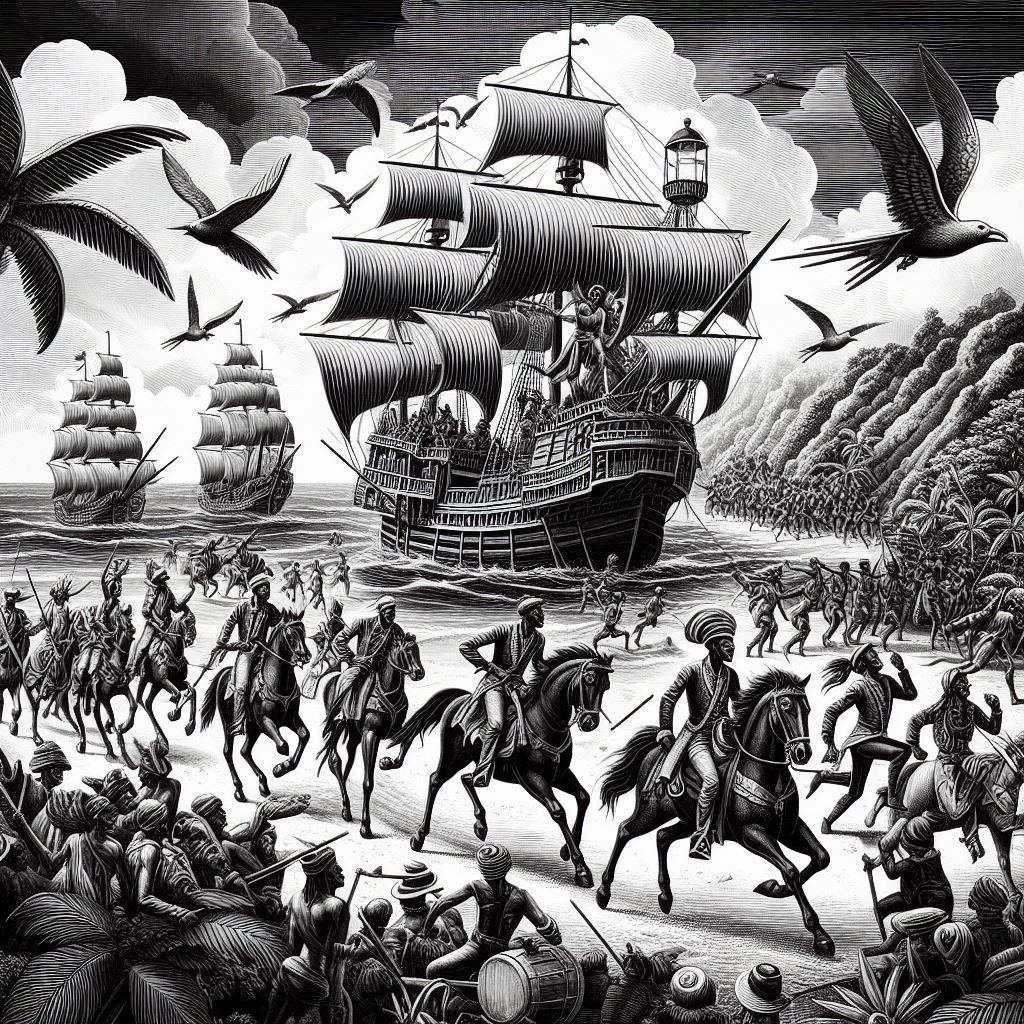
Historical Roots
From Slavery to Celebration
While Jamaica officially adopted Carnival in the late 20th century, its roots run deeper, tied to the island’s history of slavery and colonization
During the colonial era, enslaved Africans preserved their heritage through music, dance, and masquerade, using these traditions as subtle acts of resistance.
After emancipation, these elements evolved into celebrations that symbolized freedom and cultural pride. Jamaica’s Carnival pays homage to these historical foundations, blending Afro-Caribbean rhythms with its own distinct cultural elements.
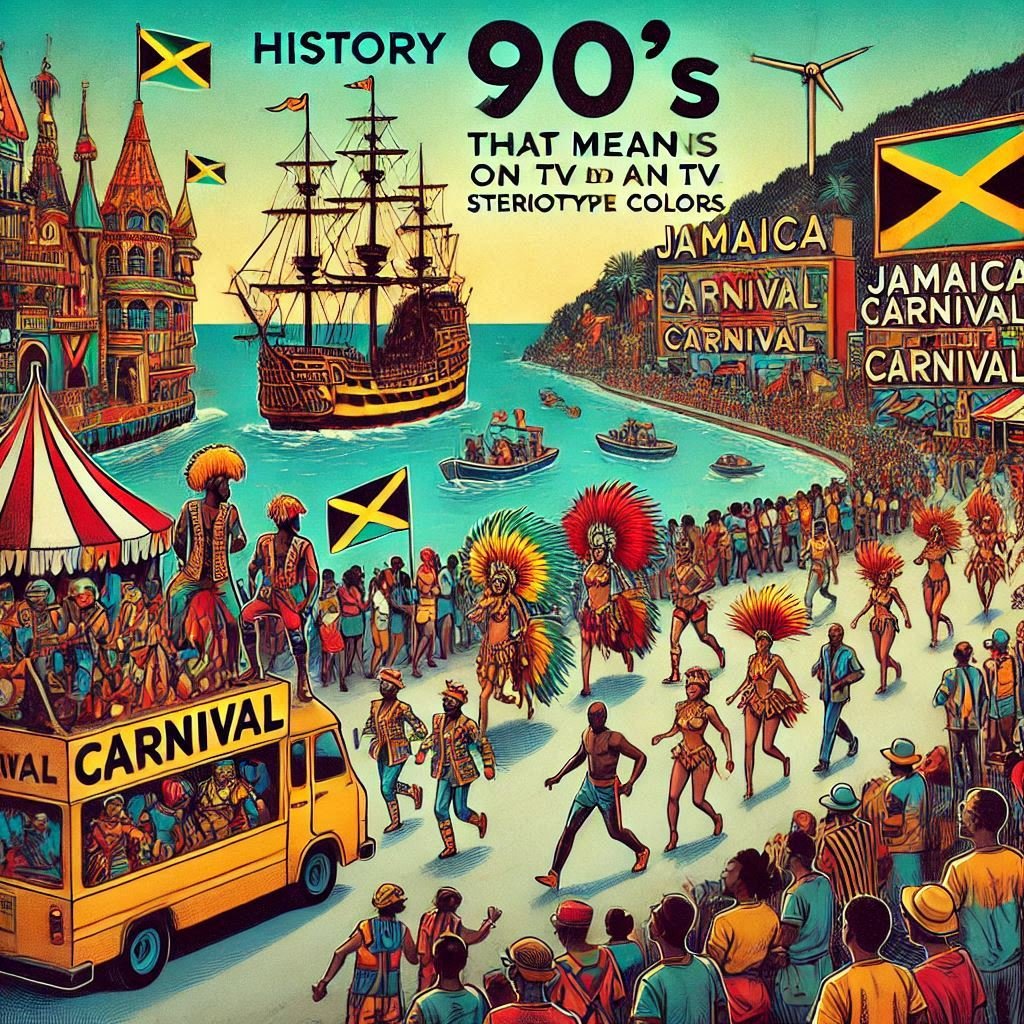
1990s-2000s
Commercialization and Expansion
In its early years, Jamaica Carnival had modest beginnings, but its popularity grew rapidly throughout the 1990s and early 2000s.
Local musicians, dancers, and businesses rallied around the festival, making it a showcase for Jamaican culture. By incorporating reggae and dancehall alongside soca and calypso, the festival carved out its unique identity.
Increased sponsorships and international media coverage during this period helped propel Jamaica Carnival onto the global stage, attracting a diverse audience of tourists and cultural enthusiasts.
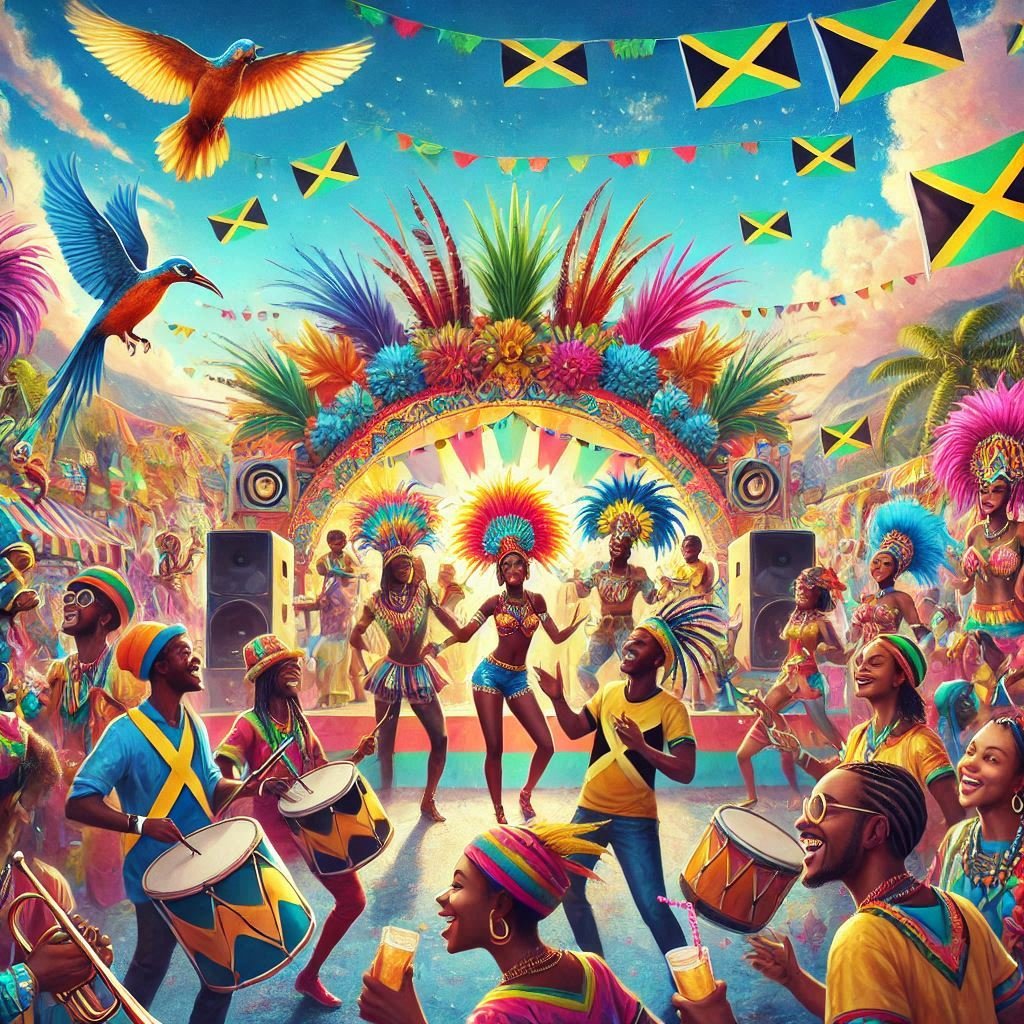
Present Day
A Cultural and Economic Powerhouse
Today, Jamaica Carnival is held annually in April, drawing thousands of participants to cities like Kingston, Ocho Rios, and Montego Bay.
The festival has become a vibrant mix of parades, J’ouvert parties, and electrifying road marches, with extravagant costumes and pulsating rhythms at its heart.
It generates significant economic benefits, particularly in the tourism and hospitality sectors, while continuing to celebrate the island’s cultural heritage.
Cultural Impact













